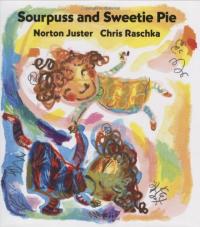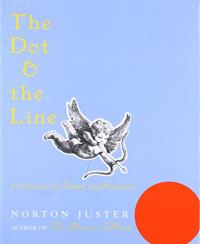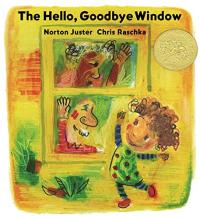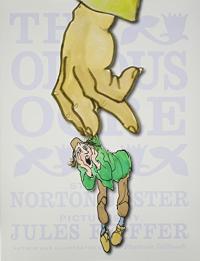
Biography
Norton Juster was born in 1929 in Brooklyn, New York, and spent his childhood there. Juster, the son of an architect, went on to study architecture at the University of Pennsylvania.
After three years in the U.S. Navy, Juster began working as an architect in New York, where he opened his own firm. Within a few years, Juster moved to Western Massachusetts where he practiced for many years, collaborating on the design of the Eric Carle Museum of Picture Book Art, educational and cultural projects throughout New England, and buildings for Colonial Williamsburg in Virginia. He taught architecture and planning at Pratt Institute in New York and was Professor of Design at Hampshire College in Amherst, Massachusetts for more than 20 years.
Juster began writing while in the Navy. His first book, The Phantom Tollbooth, was published in 1961 while Juster was living in Brooklyn. The story of Milo — a young boy whose discovery of a mysterious tollbooth in his room leads to a grand adventure — is a classic that has delighted readers of all ages since it was published. His Brooklyn neighbor, Jules Feiffer, did the memorable pen and ink illustrations.
Other books he has written include the 1963 story The Dot and the Line: A Romance in Lower Mathematics — a love triangle between a line, a circle, and a squiggle — has been reissued for today’s children to discover anew. Animator Chuck Jones adapted The Dot and the Line into an animated short film that won the 1965 Academy Award.
Although Juster has retired from his architecture practice and from teaching, he continues to write. In 2010, he collaborated again with Jules Feiffer on a new book, The Odious Ogre, a lively story filled with Juster’s playful use of language
Calling himself an amateur cook and professional eater, Juster lives with his wife in Amherst, Massachusetts. He has a daughter and a granddaughter. The Hello Goodbye Window, Juster’s first picture book (with fresh illustrations by Chris Raschka) was inspired by his granddaughter’s visits to their home.
Find this author’s books on these booklists
Themed Booklist
Caldecott Medal Winners
Themed Booklist
Friends & Family
Themed Booklist
Great Books About Grandparents
Themed Booklist
Holiday Buying Guide 2005
Themed Booklist











